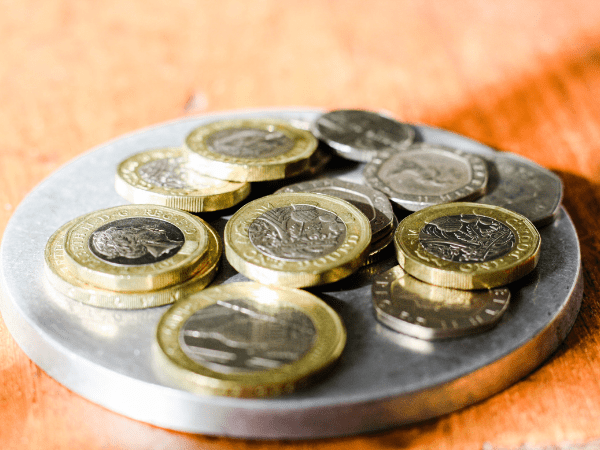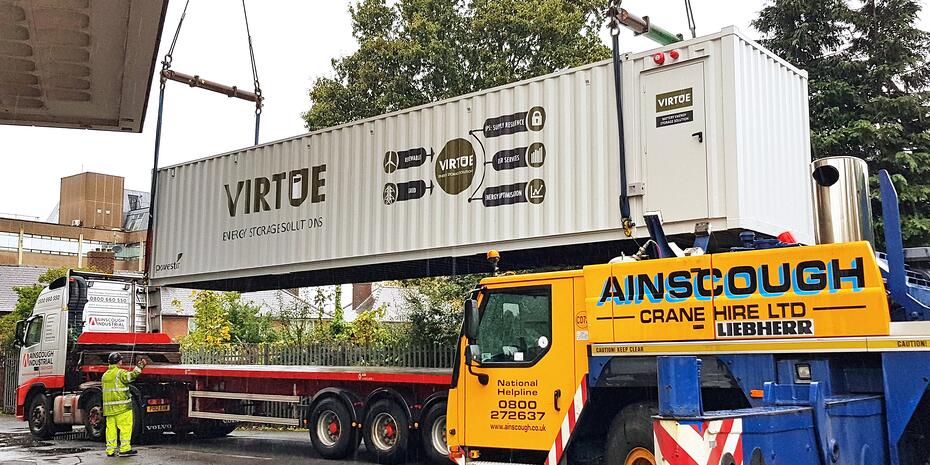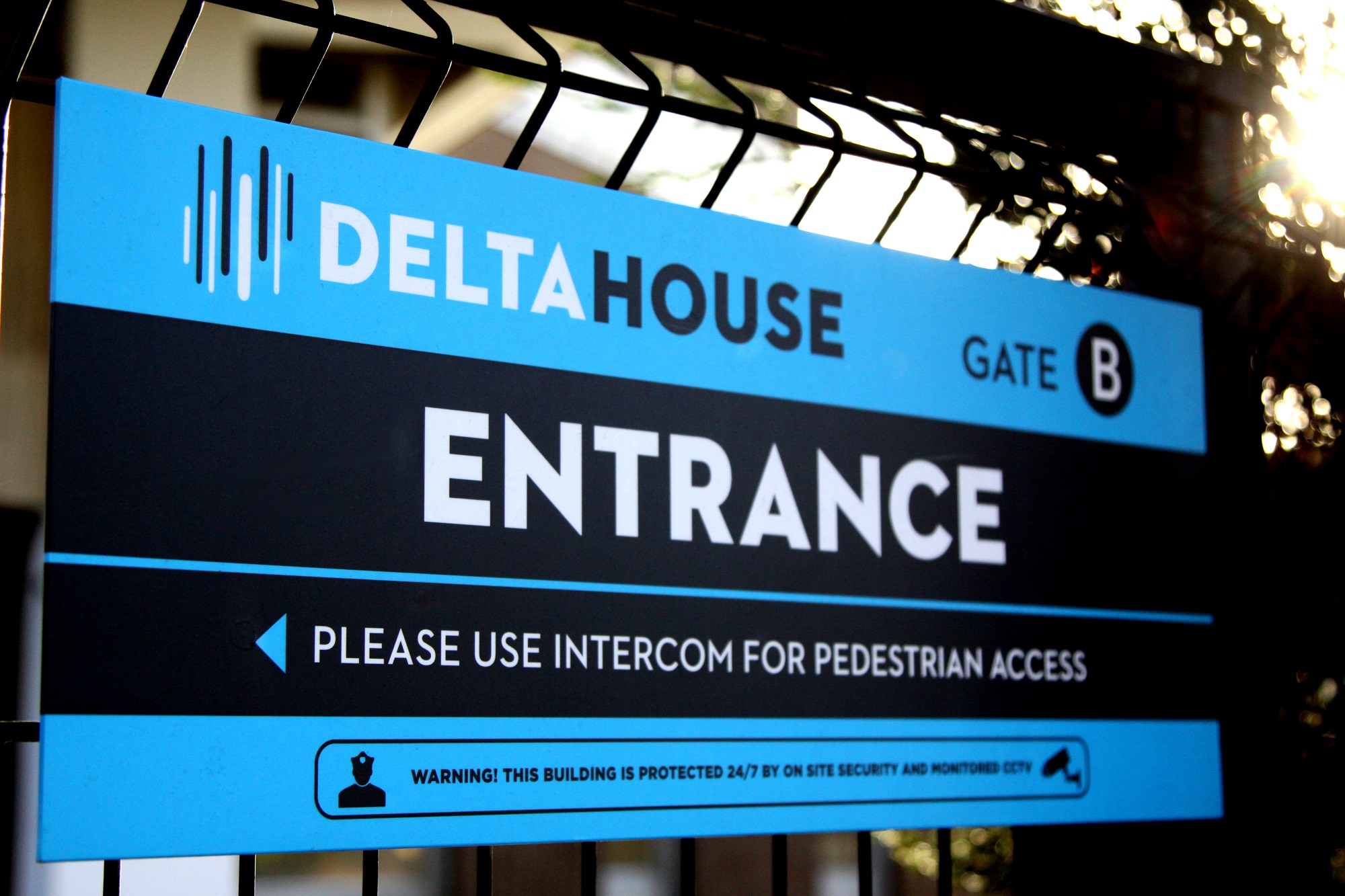
What’s a CBDC? We hear you ask. A CBDC is a currency issued by a country’s central bank, but it’s entirely digital/online, with all transactions using CBDCs also being recorded digitally.
The UK isn’t the first nation/country to consider the introduction of a CBDC. Many others around the world have pipped us to the post and created their own digital currency, including the likes of China, India, Australia, and Nigeria.
The Bank of England has been conducting studies for a while to support the motion of a digital currency. They found that 88% of person-to-business transactions in-store are made using debit or credit cards, and while two in five consumers still use cash, a large proportion favour digital currency over physical currency.
If you’re interested in learning about the UK’s introduction of a digital pound, keep reading as we break down exactly what it means and how it’s going to impact the general population and the digital marketing world.
What is a Digital Pound?
If you want the short answer, it’s a digital form of our current pound. If you want the (slightly) longer answer, it’ll be a form of digital currency that we can use online for a huge variety of everyday payments, online, in-store, and person-to-person.
Such examples include paying for your morning coffee or the weekly shop and even transferring money for goods and services, like having someone come to your house to fit a new boiler. What you can pay for with physical cash, you’d be able to pay for with digital cash, so essentially, “day-to-day spending.”
Now, the digital pound isn’t going to replace physical cash but rather complement it and provide UK residents with the option to choose between the two forms of payment. Plenty of people still prefer using cash over digital money, and that’s perfectly fine to continue to use even if the digital pound is introduced, but the Bank of England hope everyone will eventually use it.
Many people are asking the question, though, “Is this just a new form of cryptocurrency?” The answer from the Bank of England is a resounding no.
The Bank of England has said they’re seeking to create something similar to stablecoins, which are like cryptocurrency, but their value is fixed to a real asset, such as items or currencies. The government and Bank of England have assured us the digital pound won’t have fluctuating values, like cryptos such as Bitcoin, but will share the same value as the pound.
According to the Bank of England, another feature of the digital pound is that it won’t be an environmentally-negative form of currency. Cryptocurrencies like Bitcoin use highly energy-intensive methods of “mining”, but this digital pound will supposedly be in line with the Bank of England’s efforts to “reduce its carbon footprint and meet its environmental targets.”
How Will It Impact the UK and the Digital Marketing World?
To simplify it as much as possible, the digital pound will effectively be a new online form of payment, like how we use Apple Pay or even bank accounts like Monzo or Starling to pay for things online.
However, it won’t be exactly the same as a bank account in that we won’t receive interest on our balance, and there’ll be initial limits on how much we can have in our possession at one time.
That being said, the digital pound isn’t expected to hamper your marketing efforts. Customers can still purchase from you, but they’ll just be using a digital form of currency (basically, like they already were doing).
Likewise, if you’re trying to encourage people to visit you in-store and purchase your goods, they still can with the digital pound. It’ll be accessible on smartphones, so all customers need to do is tap to pay with their phone or smartwatch.
At the end of the day, the Bank of England is hoping to provide UK residents with a simple way to make everyday purchases. You may think this is already possible with your debit cards and payment options like Apple Pay, Google Pay, and PayPal, which is true, but this is another option for us which will be centralised and provided by the Bank of England.
However, it’s hoped that the digital pound will “support the UK’s financial stability,” help to keep uniformity in a “future where the majority of payments are digital,” and improve the “options people have for making payments.”
A final launch date for the digital pound hasn’t been announced yet, but it’s expected to be the end of this decade, so keep your eyes peeled for any upcoming news.
There you have it, a bit of a run-through on the UK’s introduction of a brand-new digital pound. We’re interested to see the impact it will have on the marketing world, but we’ll welcome it, nonetheless.
Interested in keeping up to date with the latest digital marketing and eComm news? Subscribe to our newsletter to never miss a thing.









